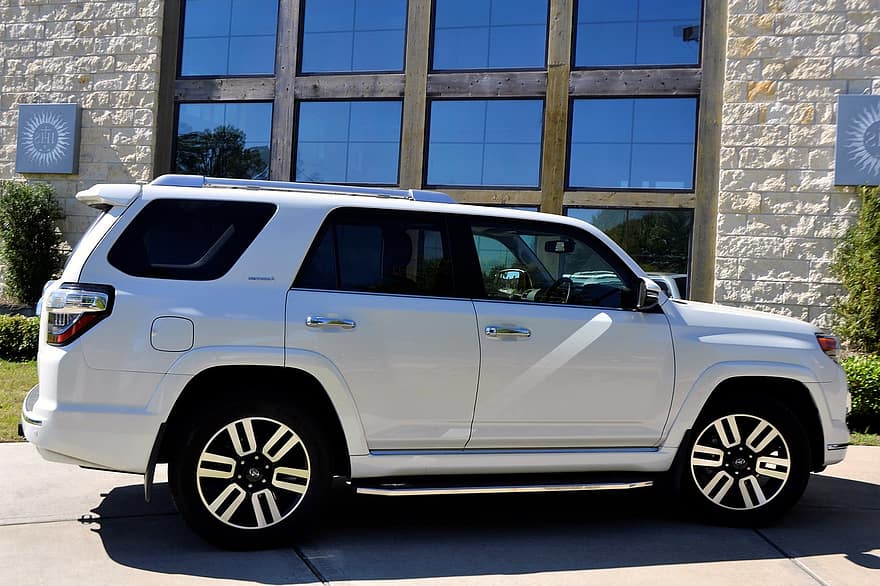Shopping for a new vehicle can be a confusing exercise. From advanced driver assistance systems to integrated hands-free technologies, there are many things to consider, especially if you’re leaving your comfort zone and testing vehicles in a different class than you’re used to. Knowing the differences between two-wheel drive, four-wheel drive, and all-wheel drive vehicles can help you make a decision.
Before we go any further, let’s take a look at how each type of transmission works:
Two-wheel drive vehicles
The majority of basic models of personal vehicles on the road today have two-wheel-drive (2WD), which means that engine power is transmitted to two wheels and the other two wheels roll freely. Because the engine uses only the energy needed to propel two wheels and does not have to support the weight of a four-wheel-drive or all-wheel-drive system, two-wheel drive vehicles are lighter overall, and this can help you save fuel.
Two-wheel drive vehicles can be front-wheel drive (traction) or rear-wheel drive (propulsion), which means that engine power is intentionally transmitted to the front or rear wheels depending on the design. Let’s compare these two systems.
Propulsion vehicles

– Mainly for pickup trucks, sport or luxury cars and older models of SUVs.
They are known to provide faster initial acceleration due to the weight transferred to the rear of the vehicle when you initially hit the gas pedal, increasing your rear wheels’ traction on dry pavement.
– The weight of rear-wheel-drive vehicles is usually distributed more evenly, improving balance and overall performance.
– When the weight is balanced, it is easier for two-wheel drive trucks to drive empty or lightly loaded.
Four-wheel drive vehicles
Four-wheel drive (4WD) systems are often integrated into pickup trucks (pickup trucks) and other vehicles designed for off-road or low-traction driving. Still, they are increasingly integrated into vehicles such as SUVs and crossovers. In a four-wheel-drive vehicle, engine power is distributed to all four wheels, providing the driver with maximum traction and control over rough terrain. This makes it easier to climb steep hills, drive over rocks and pebbles, or pull your vehicle out of a snowbank.
New four-wheel-drive systems can be activated at all times or permanently (all four wheels are engaged at all times). They can have a temporary or manual mode (the driver must manually select the four-wheel drive or two-wheel drive mode). They can also be activated automatically (the vehicle automatically switches from two-wheel drive to four-wheel drive mode depending on road conditions). Generally, automobiles with temporary or automatic four-wheel-drive systems will consume less fuel than vehicles with permanent four-wheel drive systems because keeping all four wheels engaged at all times requires more power.
All-Wheel-Drive Vehicles

If you’ve always believed that there is no difference between four-wheel drive and all-wheel drive, you’re not alone. Although the two terms are used interchangeably, there is a difference. While four-wheel-drive vehicles are designed for off-road and rough terrain, all-wheel-drive cars are better suited for driving on slippery winter roads, in mud and on slippery surfaces like sand.
All four wheels of an all-wheel-drive vehicle provide traction, so if two of your wheels get stuck (in snow or mud, for example), the other two will always work to loosen you up. Most all-wheel-drive vehicles have the system on at all times. It’s controlled by a computer that automatically transfers power to the wheels that need it most, giving you better traction without any effort on your part.
Remember: the right tires make all the difference.
A popular belief is that having a four-wheel drive or all-wheel drive vehicle is a substitute for winter tires. But no matter which system you choose, remember that the right tires can make all the difference in your vehicle’s performance, especially when it comes to winter driving. Installing four matching winter tires ensures a smoother, safer ride and greater control on slippery roads.
You’re probably wondering which system is best for you, and unfortunately, no one answer fits all of them. Your situation, location and daily driving habits will have an impact. When considering buying a new vehicle, research, and test drive cars in each category before deciding.



3 thoughts on “How to Differentiate From Two-Wheel-Drive (2WD), Four-Wheel Drive (4WD), and All-Wheel Drive (AWD) Vehicles”